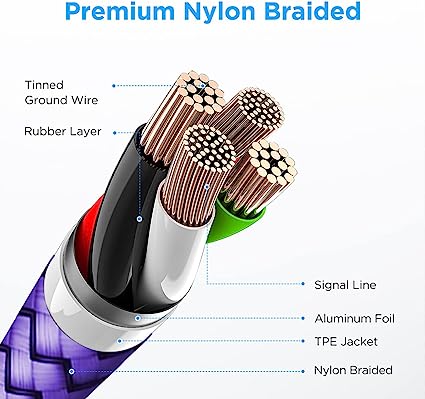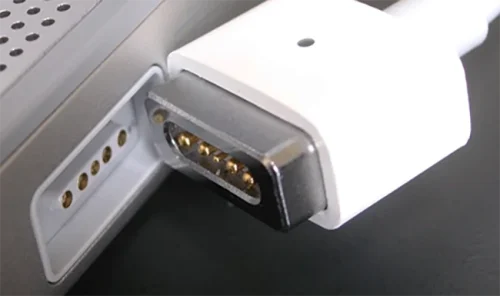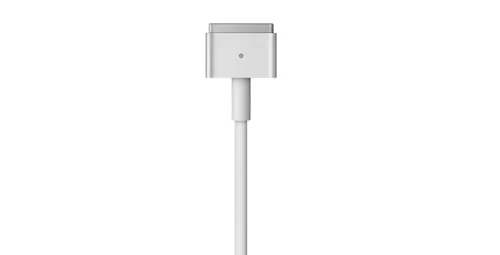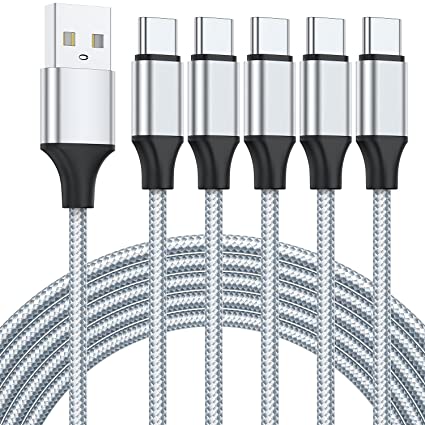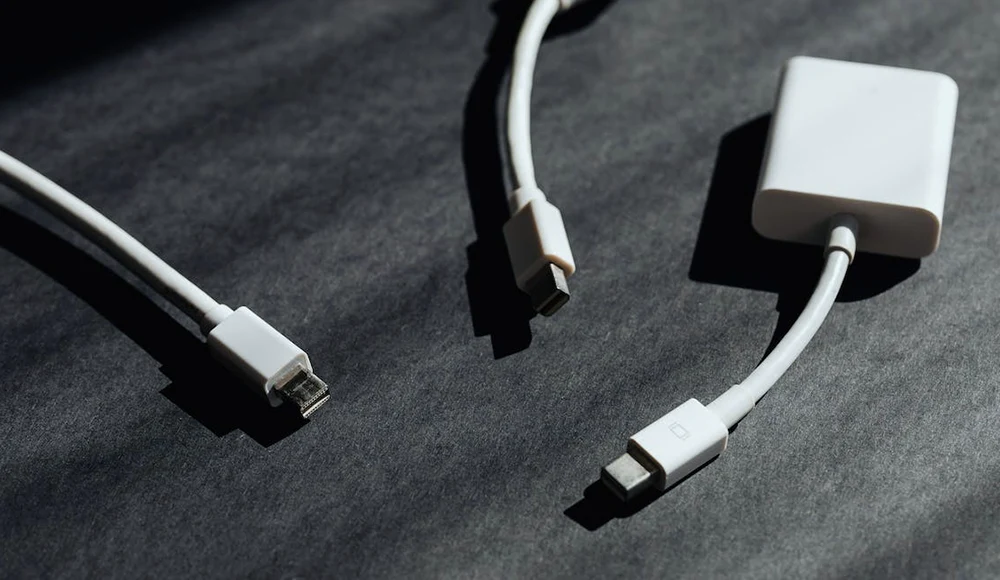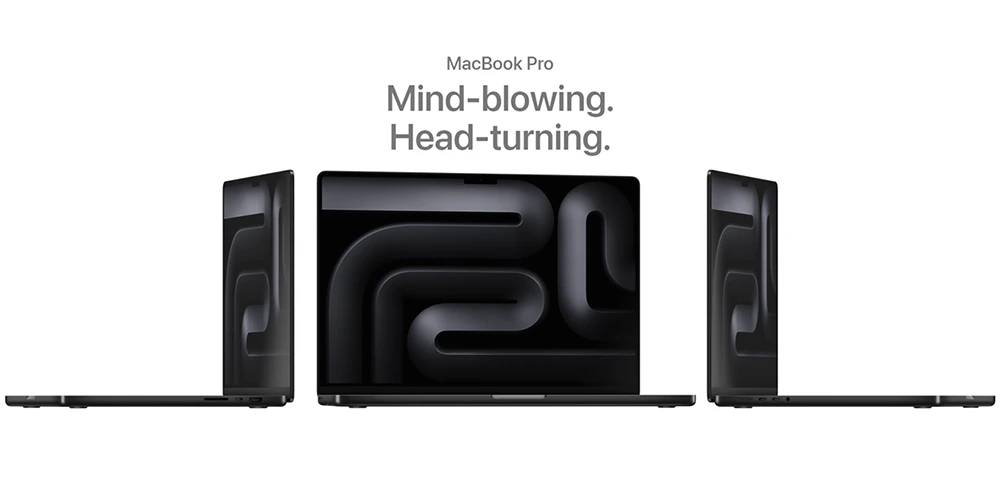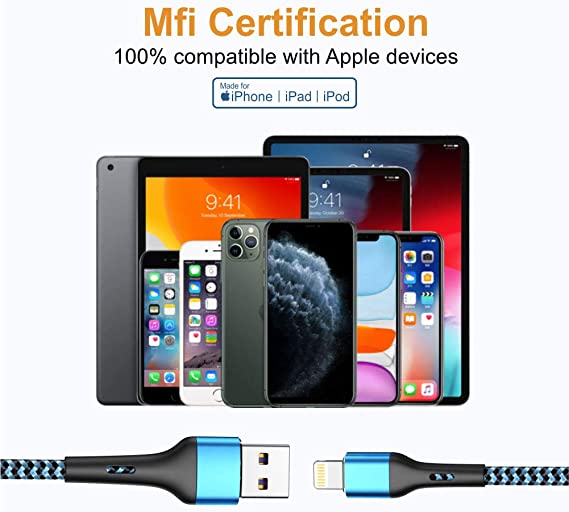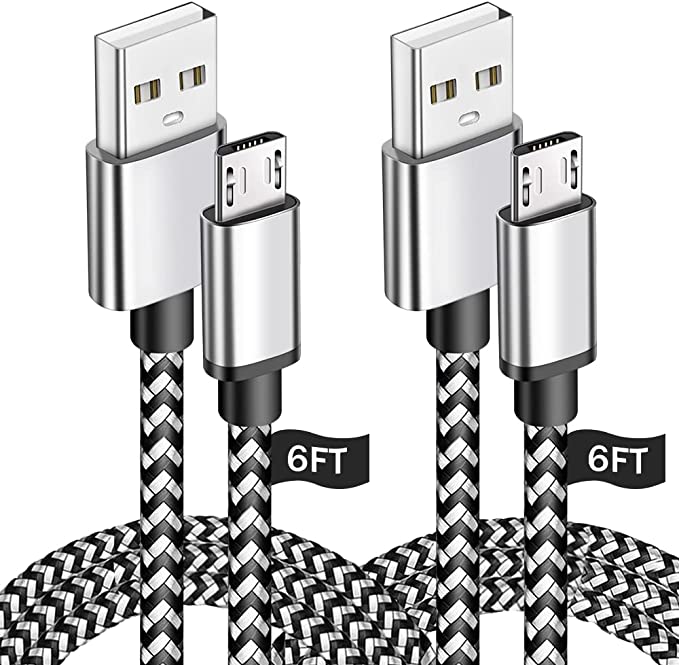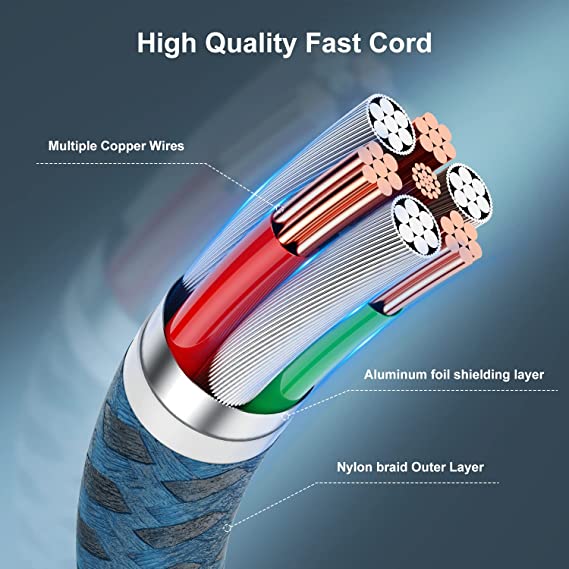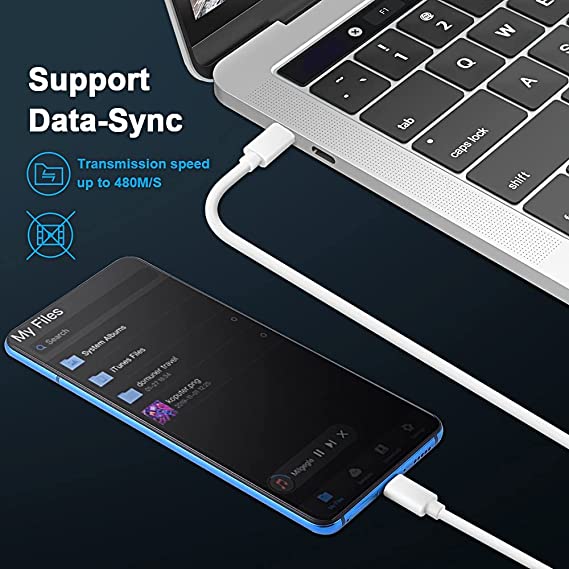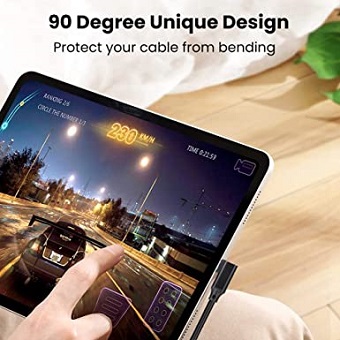The Type-C interface is one of the most popular interfaces today, and it is naturally liked by many users. USB C (also known as USB Type-C) is a connector system designed with a 24-pin group. Why do many mobile phones use Type-C interfaces?
What is the type-C interface? Type-C interface is actually a new form of USB interface, which is called USB type-C interface. USB Type-C ports contains the conventional pins of Type-A/B like USB data lines DPDM and VBUS.
The new USB Type-C interface comes with ultra-thin connectors that are less than 3mm high and 8.4mm wide, making it ideal for mobile phones. USB Type-C offers a cable-and-plug assembly that is “flippable” and reversible. The interface provides options for data and video up to 20Gbps and power up to 100W.
When applied to mobile phones, it is called type-C interface.
The most direct advantage of the type C interface is that it is not divided into front and back, and the previous USB interface has a front and back. This also makes charging more convenient. In addition, the use of type C interface can improve the sound quality of the mobile phone, and the mobile phone with the type C interface basically does not have a 3.5mm headphone interface, which can greatly improve the sound quality of the mobile phone, but this is also a disadvantage for many people, because many people prefer to use the headphone jack. So this aspect has both advantages and disadvantages.
The type-C interface is oval, which supports both sides of the plug, so it is more convenient to use. The scalability of type-C interface is very powerful, and it can be extended to a variety of audio and video output interfaces, such as HDMI, DVI, VGA interface, etc.
Collocation make complaints about Apple’s Mac Book. In order to pursue frivolity, Apple has made a bold design. It only keeps Type-c interface. Although many people use Tucao to use it, after a period of time, we find that it can solve the problem with a docking station.
Type-C port is not only limited to the traditional field of digital equipment, but also involves a wider range of application scenarios such as automobiles and smart homes. For example, it can be used for chargers and data transmission in cars, providing a more convenient use experience for drivers. At the same time, it can also be applied to a variety of scenarios such as network connectivity and charging functions in smart homes.

